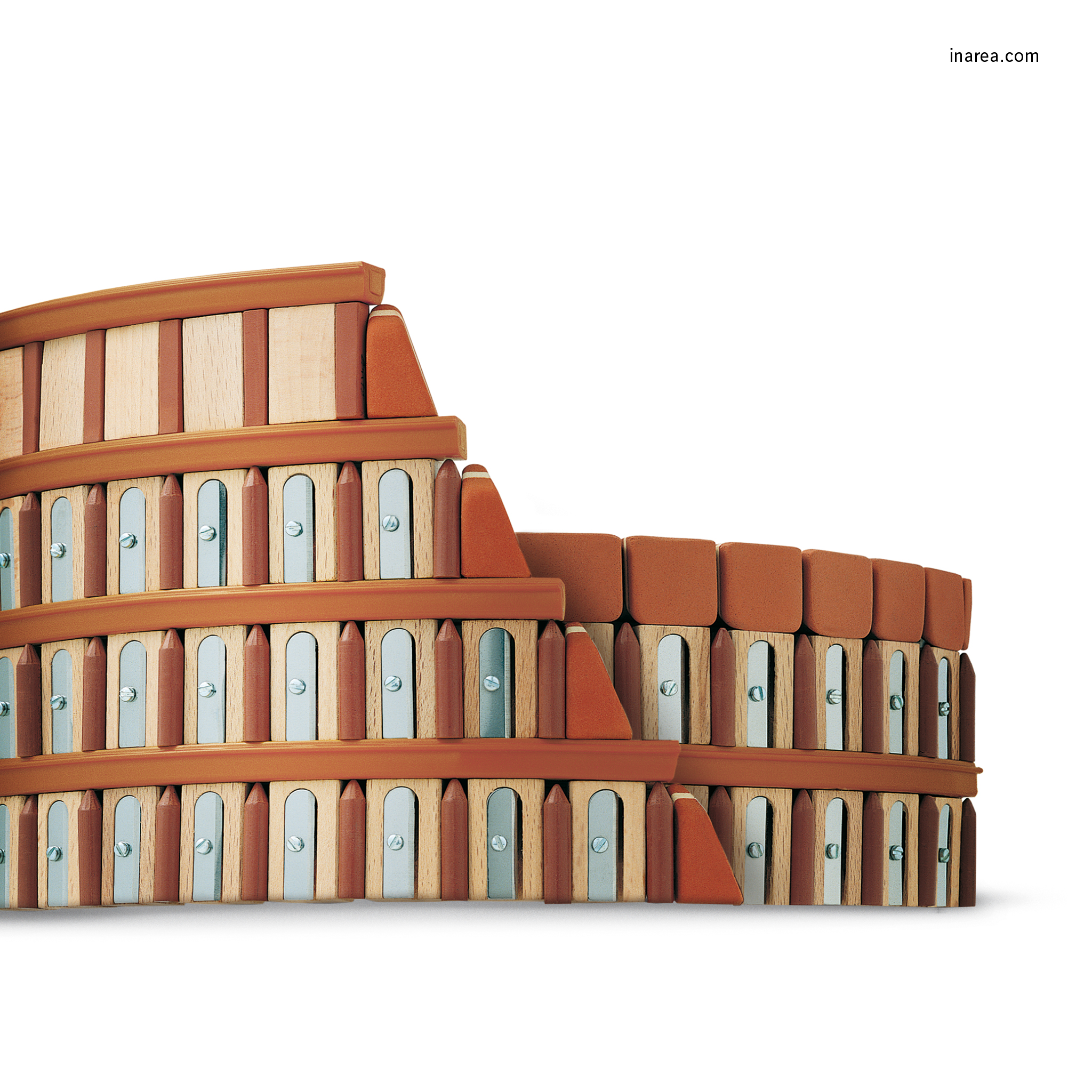Multiple stories over the centuries have turned the Colosseum, with its multiple storeys, into an economic marker, as well as an urban landmark. Pillaging of the amphitheatre, built in 1st century A.D., was always, alas, the name of the game whenever construction materials were required.
That is what happened in Late Antiquity, for example, when Rome lost its iron mines in Brittany. The price soared as the demand for this metal rose, similarly to that of several commodities today. Thus, it was not uncommon to come across individuals who, in order to steal it, would be hauled up in baskets all the way to the joints between the blocks of travertine; the gaps on the Colosseum’s façade, and a missing storey, testifies to this. But history had more in store for the iconic ‘leftover’ from ancient times… During the Renaissance, with the aim of providing a livelihood for the impoverished population of Rome, Pope Sixtus V who was a Franciscan, planned to convert the Colosseum into a wool factory (“Lanificio Colosseo”), with shops on the upper floors and living quarters and manufacturing plants on the lower ones. Thumbs down: the Pontiff’s death also resulted in the kiss of death for this somewhat woolly idea.
This week Deloitte has estimated that the ‘social asset value’ of the Colosseum is around 77 billion euros, contributing 1.4 billion to Italy’s GNP. To put it bluntly: this is the living (or, rather, still-standing) proof that the Colosseum is a sharp, pulsating brand that can adapt to just about anything – and, thus, that it is an indelible one too.

